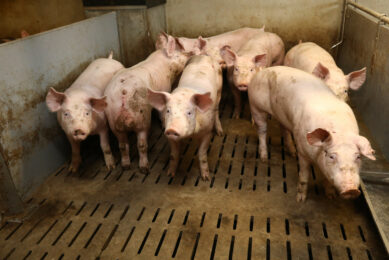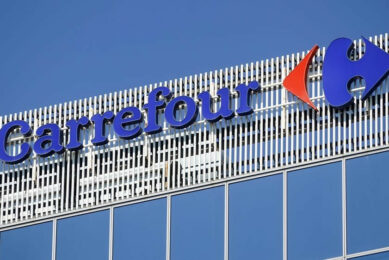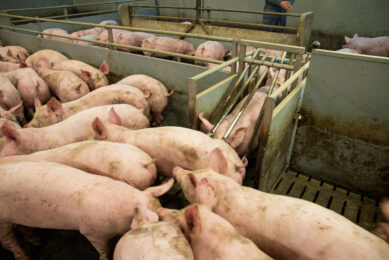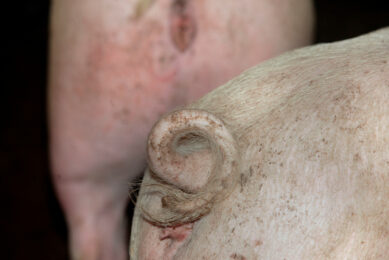JRP France: Pork quality, sow postures and gut health
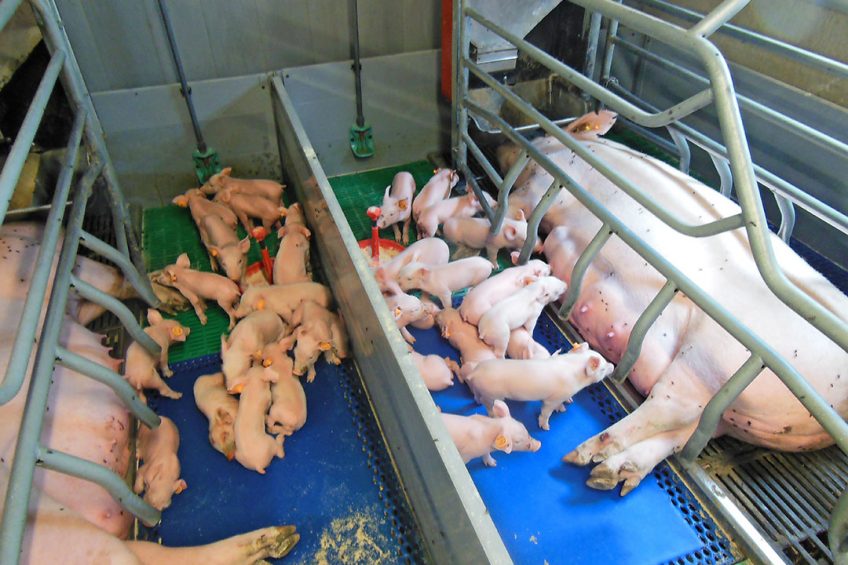
Due to Covid-19, the French Swine Research Days (JRP) were held online. On the menu in early February was a host of different themes, varying from pork quality to sow posture detection and from gut health in pigs to lameness.
Co-organised by the French Pork and Pig Institute (IFIP) and France’s National Research Institute for Agriculture, Food and the Environment (INRAE), the 53rd Swine Research Days (JRP) took place in the form of a virtual congress. Online research organisations and companies from around 15 countries participated between February 1 and February 4.

Prior to the JRP, French trace minerals company Animine also held a webinar on copper and zinc
Improving sensory and nutritional qualities of pork
In the genetics and meat quality session, Bénédicte Lebret, INRAE, held an interesting presentation on ‘Genetic and dietary strategies to improve the sensory and nutritional qualities of pork’.
She said: “To develop pig production practices that aim to improve the intrinsic (sensory, nutritional) and extrinsic qualities of pork (relocation of feed resources), we evaluated effects of genetic and nutritional factors on growth performance and on carcass and pork quality.”
In her conclusions, Lebret emphasised in particular that opting for Duroc crossbred pigs fed a faba bean-based diet enriched with extruded flax seeds, constitutes a favourable strategy for improving the sensory and nutritional properties of pig meat.
Detecting sow postural activity
2 interesting presentations were held about the use of sensors to detect sow postural activity. In her presentation, Laurianne Canario, also attached to INRAE, concluded that fusing video and accelerometer data improved the automatic detection of sow postures in a farrowing crate.
Another presentation about this topic was given by Alexandre Dore, attached to the Research Center for Animal Cognition, CNRS Toulouse, France. In his presentation, he showed that it is possible to measure accurately the postural activity of sows blocked in a farrowing crate using millimetre-wave radar technology.
Sow nutrition and lameness
Mireille Huard, technical manager France with Novus, presented a bibliographic summary on the role of nutrition on lameness sows. “If the causes of lameness are well known, the way of measuring it can be improved, and the use of serum biomarkers could be a useful tool for prediction.” She also presented 2 trials carried out on sows fed with Mintrex as a replacement inorganic trace elements and its positive effect in solving locomotion problems.
Soy and intestinal health risk
Concerning soybeans, an interesting poster was presented by Delphine Perros, attached to INRAE, on the effect of soybean-free piglet feed on the intestinal health of weaned piglets. The objective of her study was to compare a feed formulated with alternatives to soy protein sources (potato, corn and wheat glutens) and more digestible cooked cereals (wheat and rice) with an iso-nutritional feed rich in soy products on the intestinal health of piglets.
The study showed that a feed relatively rich in soy products can induce intestinal damage and pose a risk to the intestinal health and growth of the young piglet. A soy-free feed, containing more digestible raw materials, can allow piglets to grow as well or better, with better intestinal integrity and a reduction in diarrheal faeces in the post-weaning period.
This work is promising in the context of demedication. In particular, it showed that increasing the use of alternative proteins to soy helps improve the digestive health of piglets.




